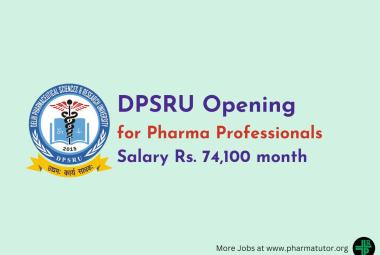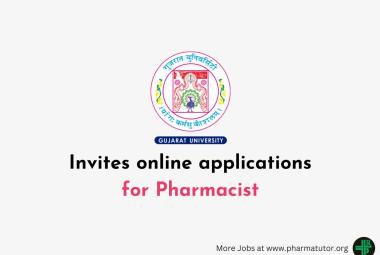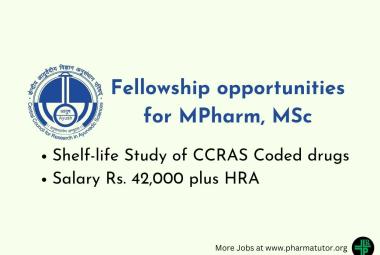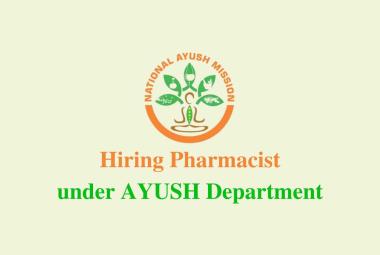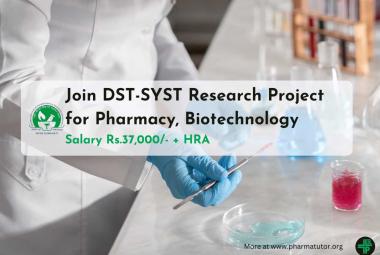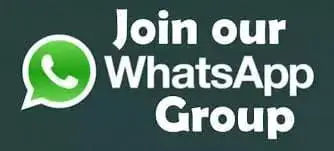Effect of Treatment of Prulifloxacin Induced Arthropathy in Young Rats
 About Authors: Rekha. S1*
About Authors: Rekha. S1*
1*Department of Pharmacology, Mother Theresa Postgraduate and Research Institute of Health Sciences, Indira Nagar, Gorimedu, Puducherry 605 006.
Kavimani. S1
1Professor and Head, Department of Pharmacology, Mother Theresa Postgraduate and Research Institute of Health Sciences, Puducherry.
Reference ID: PHARMATUTOR-ART-1069
Summary
Objective
The present study was undertaken to further evaluate the adverse effect potential of Prulifloxacin to induce arthropathy in rats with reference to its duration of treatment.
Methods
Groups of one month old young rats were administered Prulifloxacin intraperitonially 200 mg/kg and 400 mg/kg doses for 15 and 30 days respectively. Control group received normal saline. At the end of treatment
period, animals in each group were subjected to serum alkaline phosphatase estimation. The serum alkaline phosphatase assay was carried out by using alkaline phosphatase reagent kit.



 About Authors:
About Authors: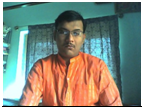 About Authors:
About Authors: About Authors:
About Authors: About Authors:
About Authors: 